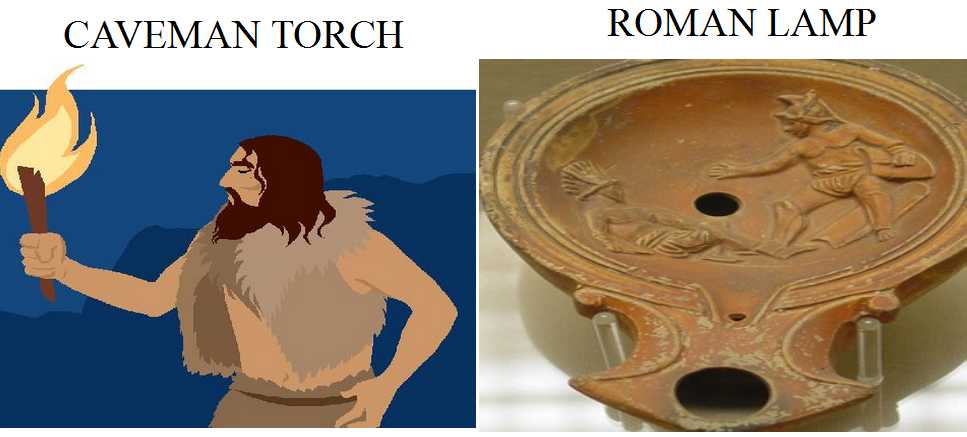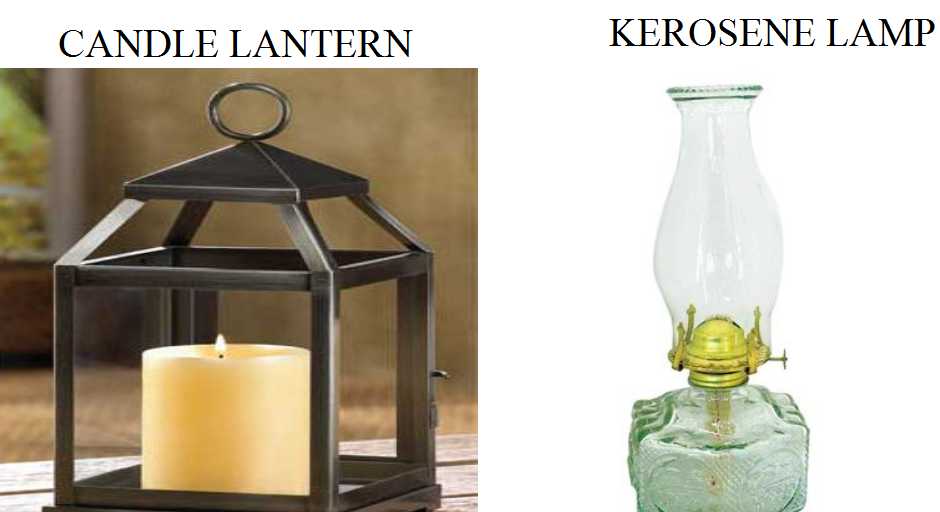Monthly Archives: April 2014
356.WHO INVENTED THE MICROSCOPE?

The word microscope is a combination of two Greek words, mikros, or “small,” and skopos, or “watcher.” So microscope is a “watcher of the small!” It is an instrument used to see tiny things which are invisible to the naked eye closer it is brought to the human eye.
But when it is nearer than 25 centimeters, it is not clear. It is said to be out of focus. Now if a simple convex lens is placed between the eye and the object, the object can be brought nearer than 25 centimeters and still be in focus.
355.WHAT IS USED IN MAKING GLASS?
We may think of glass as being produced by the mixture of some very special chemicals in a very special way, a sort of miracle of chemistry. But actually, glass is made by a rather simple process using quite ordinary materials. Glass is a substance made by “fusing”(melting together) certain materials, and then cooling the mixture so that the atoms arrange themselves in an unorganized pattern. What materials? Well, about 95 per cent of the raw materials in the earth could be used in making glass! The most important materials used in making glass, however, are: sand (silica), soda, limestone, borax, boric acid, magnesium oxide, and lead oxide.
354.HOW WERE LAMPS FIRST MADE?
Before man discovered fire, the only heat and light he had was provided by the sun. Since he couldn’t control this, he was quite helpless in dealing with cold and darkness.
Probably more than 100,000 years ago, he discovered fire. Then he began to notice that some materials burned better than others. Perhaps he observed that fat dripping into the fire from roasting meat burned brightly. As time passed, man began to select materials which, when burned, provided better light.



